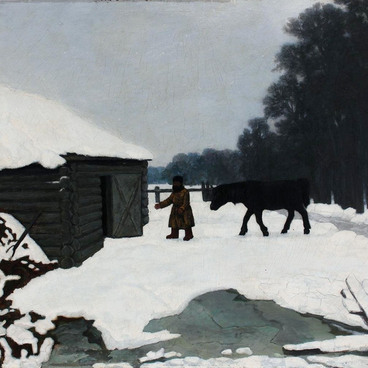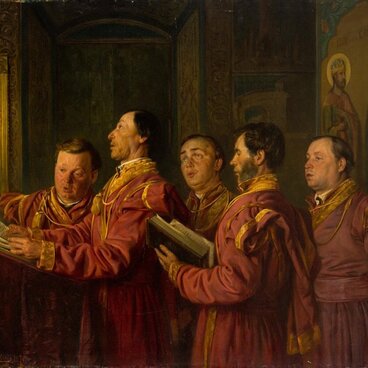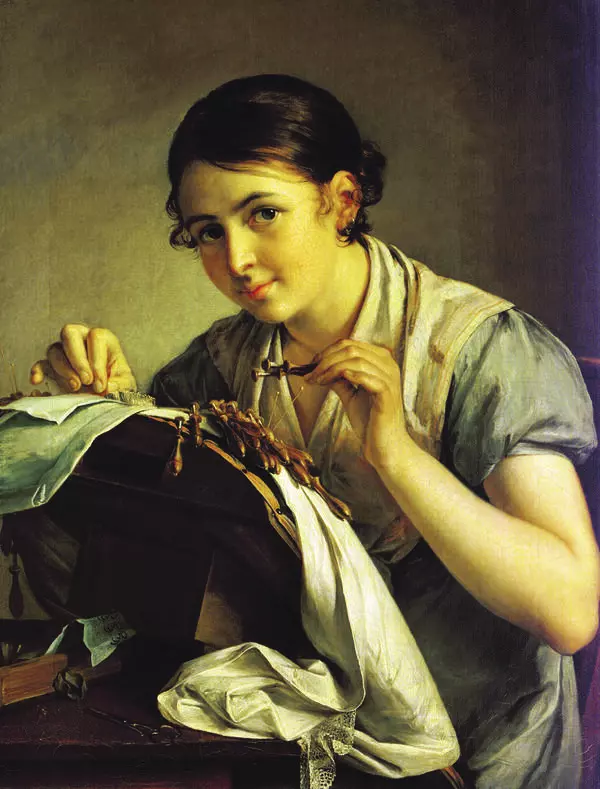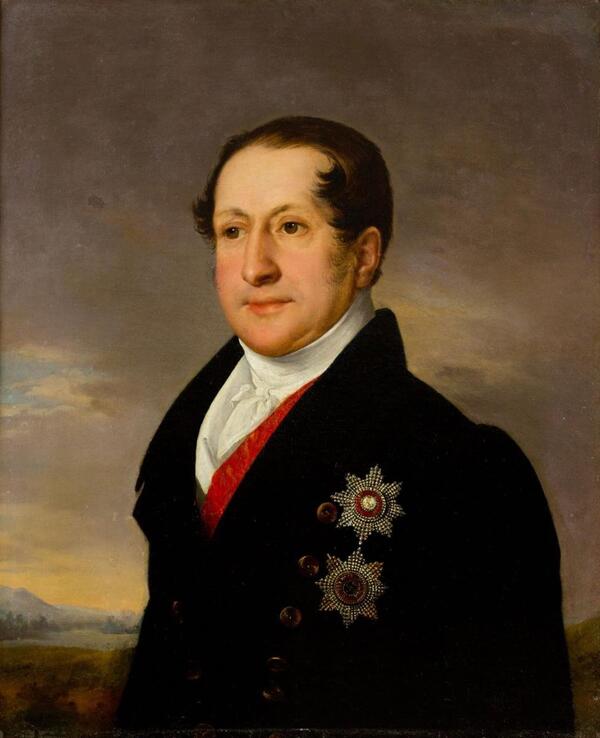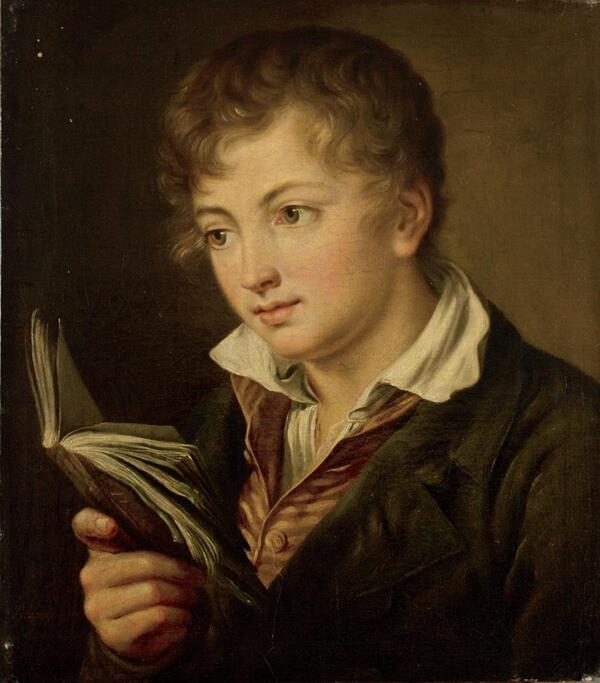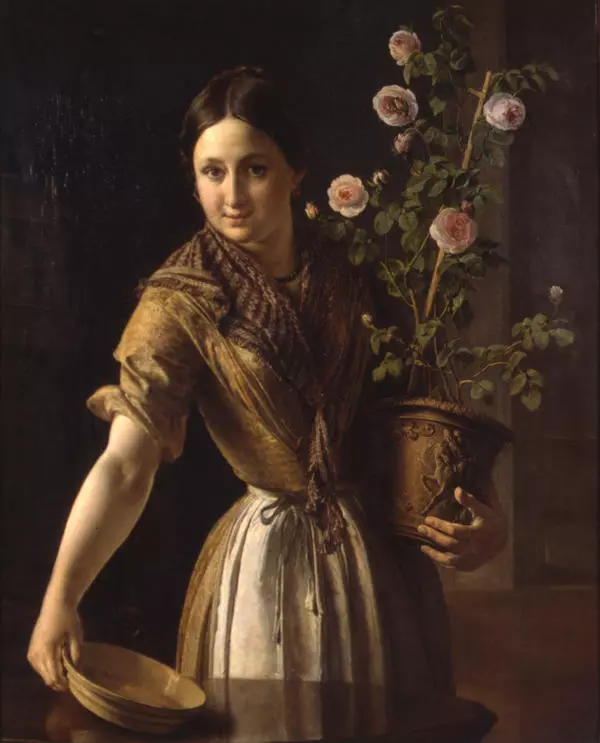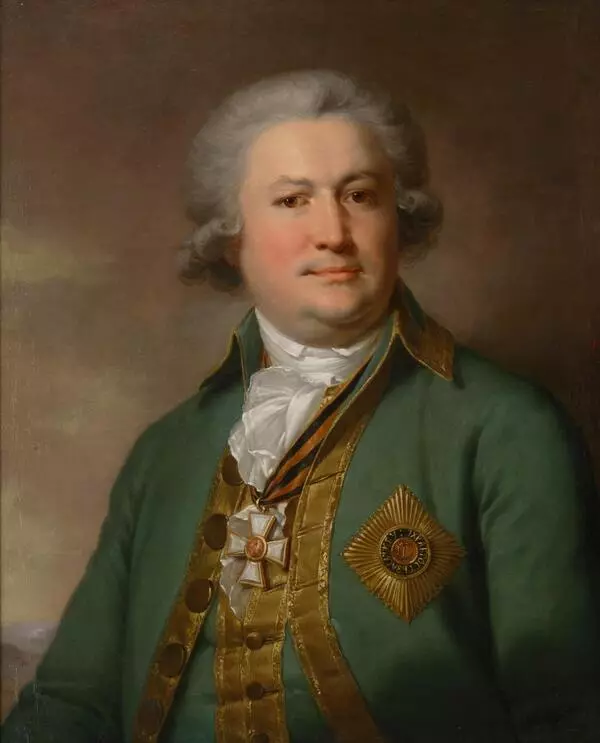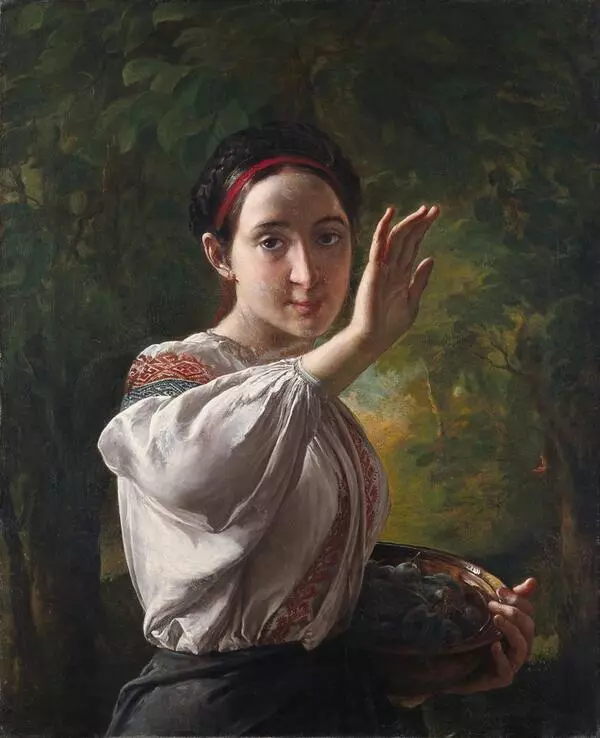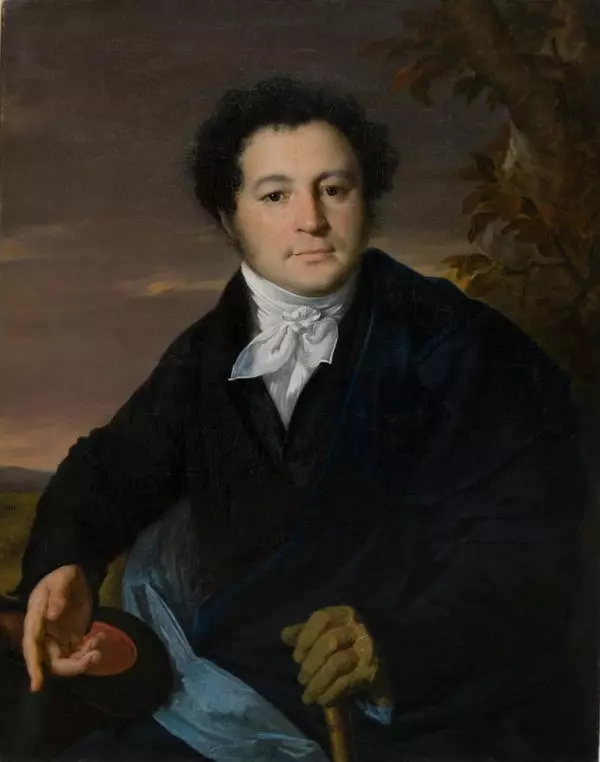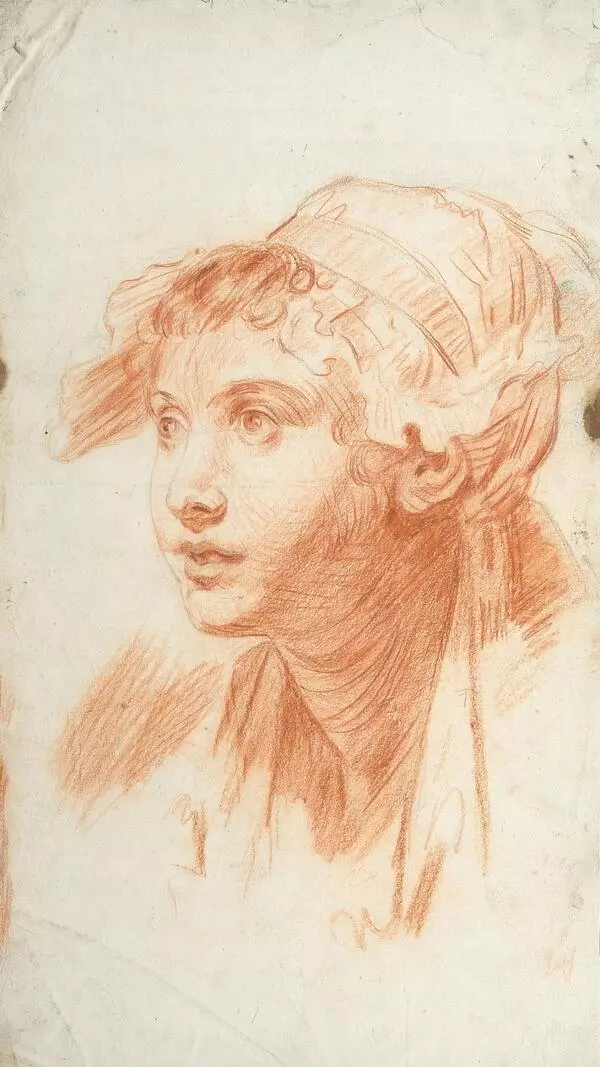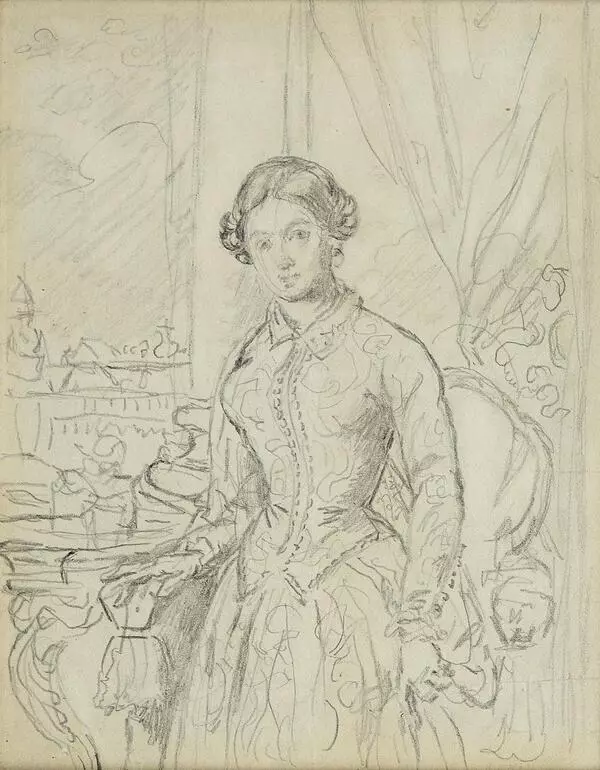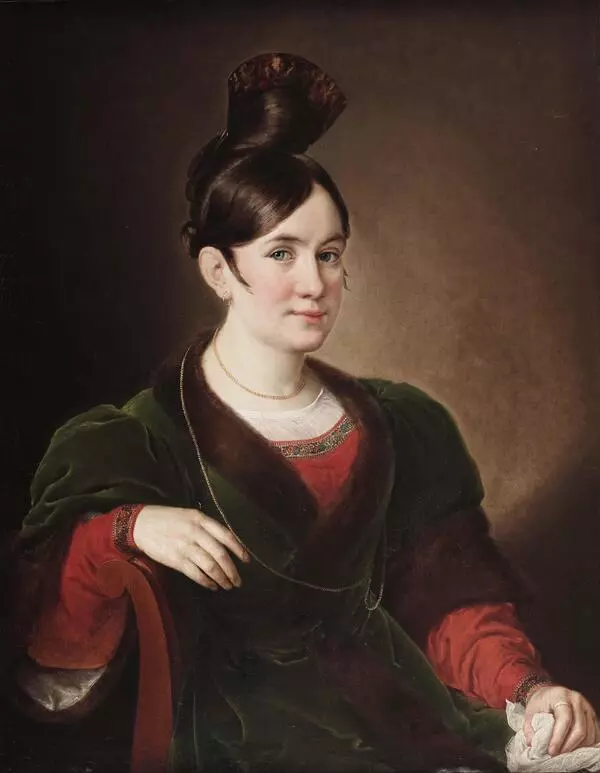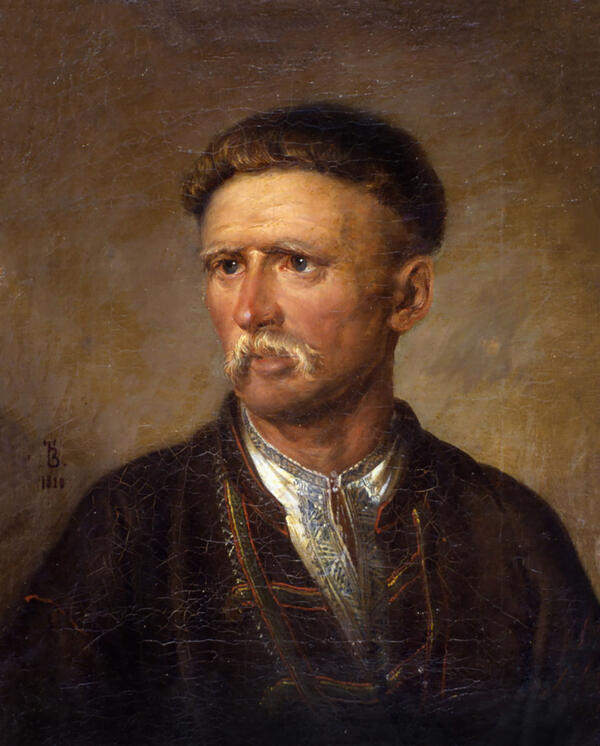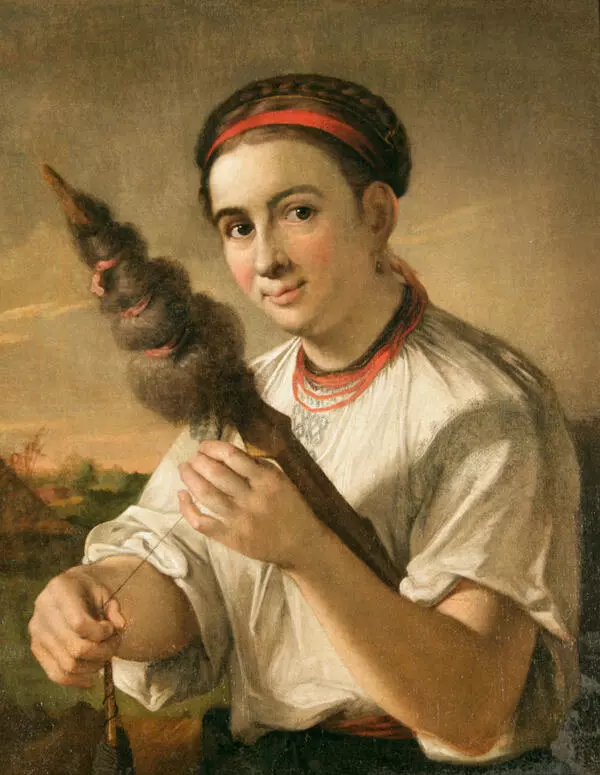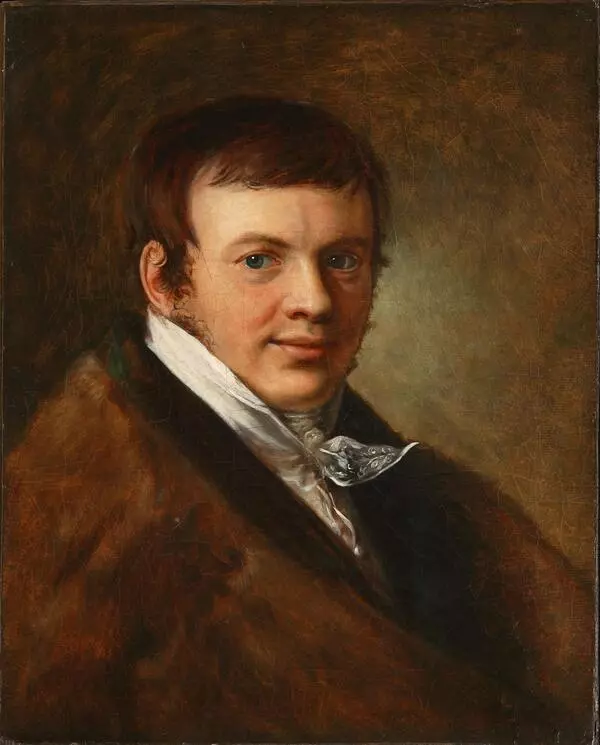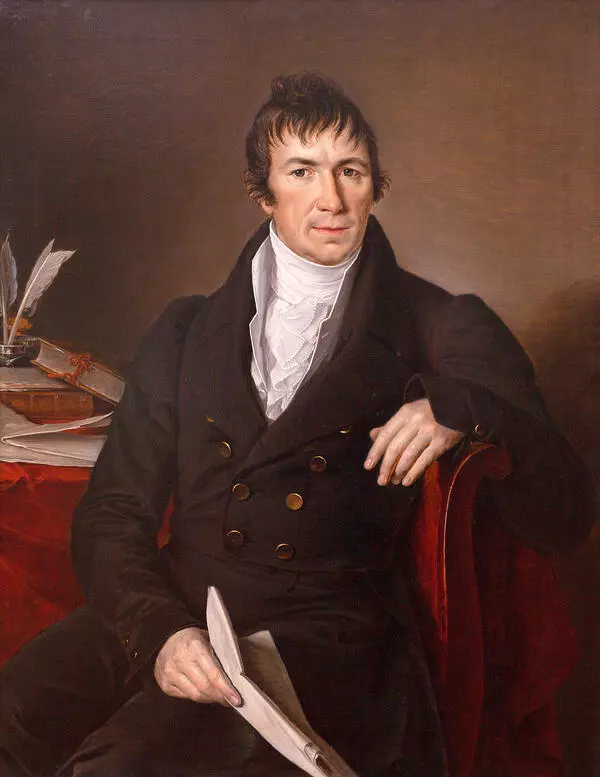Any museum would be proud to have a painting by Vasily Andreevich Tropinin (1780–1857), a former serf, a famous Russian portraitist, and an academician of portrait painting. The works from the Sevastopol Art Museum illustrate the changes in the artist’s painting style throughout his career. For example, the early period of his work is represented by this relatively unknown waist-length portrait of Emperor Nicholas I.
This painting can be considered an interpretation of the portrait of Grand Duke, future Emperor Nikolai Pavlovich, painted by the fashionable English artist George Dawe during his visit to Russia in 1823. After the coronation of Emperor Nicholas I, the portrait by George Dawe was engraved by John Henry Robinson. This engraving served as the basis for Tropinin’s painting. At the same time, he also started working on a full-length portrait of the emperor, which either has not been preserved or was not completed. This makes the painting from the collection of the Sevastopol Art Museum even more valuable.
It is known that Vasily Tropinin assisted the
famous English artist in creating a series of chest-length portraits of the heroes
of the Patriotic War of 1812 and the foreign campaigns of the Russian army.
These paintings were displayed in the Military Gallery of 1812 at the Winter
Palace in St. Petersburg. This may have influenced the style of the artist’s early
work, which combined romantic enthusiasm with realistic accuracy. The emperor
is depicted against a backdrop of a changing and seemingly study-like sky. His
expressive face is reserved, and his figure is striking. The artist portrayed
the emperor in an idealized and classical manner, free from momentary or
mundane details. The model’s grandeur is enhanced not only by his confident
pose and gesture, but also by the beautifully painted accessories, including the
gold epaulets, embroidered collar, cuffs of the sleeves, and the texture of the
dark blue ribbon of the Order of St. Andrew the Apostle the First-Called. All
these details serve a main purpose — to give a social and class
characterization of the person portrayed.

